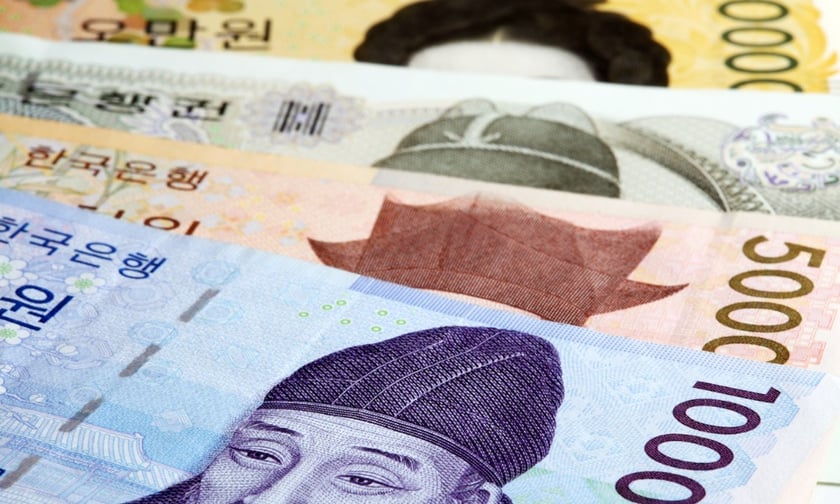

Fitch Ratings has evaluated the capacity of South Korean insurers to endure decreased valuations in their international commercial real estate (CRE) investments and other related real estate exposures.
The firm anticipates that such declines will not significantly affect South Korean insurers’ ratings in the short term.
Due to elevated interest rates and shifts in work and consumption patterns following the COVID-19 pandemic, there is a potential for impairment losses among Korean insurers with CRE holdings. However, Fitch projects that the impact on their profitability will be relatively minor.
It expects that the ongoing increase in the release of contractual service margins (CSMs), supported by robust underwriting results, will help maintain profitability levels, despite potential fluctuations in investment returns, including possible CRE-related losses.
Data from the Financial Supervisory Service (FSS) showed that as of the end of September 2023, Korean insurers' foreign CRE exposure totalled KRW31.9 trillion (around US$23 billion), marking the highest value exposure within the Korean financial sector. This exposure represents about 3% of the industry’s total invested assets and roughly 12% of insurers’ total shareholder equity, factoring in CSMs net of tax.
Fitch also noted that the potential effects on insurers’ solvency ratios and overall capitalisation are expected to be minimal, given the relatively small proportion of CRE exposures within their total asset portfolios.
Even in a severe downturn in international CRE markets, the sector’s overall Korean Insurance Capital Standard (K-ICS) ratio would likely see only a mid-single-digit percentage drop. Nevertheless, the exact impact could vary from one insurer to another, depending on their specific investment strategies and risk management frameworks.
In 2023, the largest component of insurers’ asset portfolios was high-quality fixed-income securities, constituting about 60% of total investments. Since 2019, several insurers have increased their allocation to riskier assets like beneficiary certificates to achieve higher returns amid lower interest rates. These investments enhance portfolio diversification but are less liquid than traditional bonds and equities.
Most of the Korean insurers’ exposure to overseas CRE is through indirect investments in beneficiary certificates, primarily through “funds of funds.” Direct exposure to CRE is limited for Korean insurers, except for real estate assets held for their own operational use.
Last month, insiders within the sector claimed that the collective foreign premium revenues of the top four non-life insurance companies in South Korea exceeded the 1 trillion won threshold in the past year.
